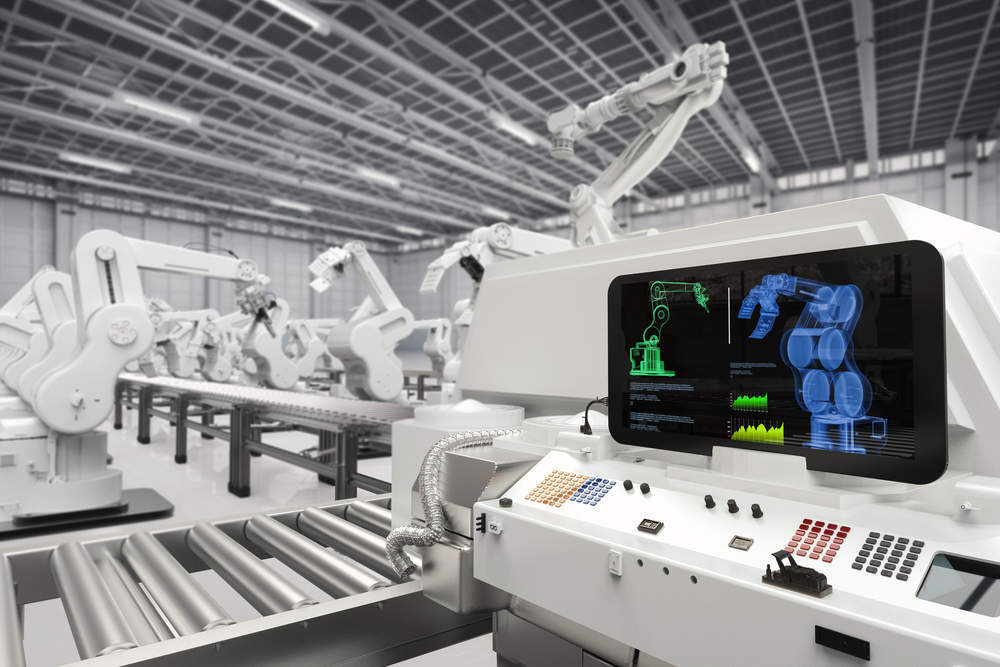Manufacturers are on the precipice of an industry-wide digital transformation, driven by the need to boost productivity and increase visibility across factory floor and supply chain operations.
Manufacturing companies are moving ahead to transform digitally and embrace smart manufacturing, which is the automation of the manufacturing sector.
Broadly speaking, the manufacturing industry is changing in the following ways:
- Digitising factory floor: Manufacturers, such as Bosch, are equipping their operational technology with sensors and equipment that can collect and transmit data. Growth in data sources is coupled with improved processing and communications systems, which enhance operations and streamline production.
- Visibility across supply chain: Since manufacturers often work with partners on production and assembly, reporting platforms that provide a view into the entire supply chain are very desirable. The heightened visibility into collaboration and product design yields valuable insights, allowing manufacturers to better manage supplier relationships.
- Mass customisation: Increasing demand for personalised goods is forcing manufacturers to customise the production process. Distributed manufacturers are accommodating customer expectations by sharing data among multiple manufacturing locations and using new industrial technologies, such as Computer Numerical Control (CNC) machine and 3D printing.
- Automation and Robotics: Automation improves workplace safety by replacing human workers with machines to perform dangerous tasks or work in hazardous environments. Robotics uses technology, like image and voice recognition, to simplify interaction with manufacturing systems.
- Advanced Analytics: Manufacturers are collecting and analysing large volumes of data to predict operations performance, prevent costly downtime, and forecast product demand to make more informed production-related decisions.
What do smart factories and manufacturing add to the industry?
Smart manufacturing is the process that employs computer controls, advanced analytics such as AI, Internet of Things, fixed and wireless connectivity. T
The end game is to improve manufacturing efficiencies, often through open infrastructure and dramatically improve business agility. The ideal end state is a fully-integrated, collaborative systems that is responsive in customer needs, the supply chain and market conditions.
This should cover upstream suppliers (relating to the sourcing of raw materials); midstream suppliers (relating to the shop floor and include processes and machinery); and downstream suppliers (relating to the transport, storage and distribution of the finished product to the market).
How well do you really know your competitors?
Access the most comprehensive Company Profiles on the market, powered by GlobalData. Save hours of research. Gain competitive edge.

Thank you!
Your download email will arrive shortly
Not ready to buy yet? Download a free sample
We are confident about the unique quality of our Company Profiles. However, we want you to make the most beneficial decision for your business, so we offer a free sample that you can download by submitting the below form
By GlobalDataThroughout the supply chain, manufacturers are using a myriad of technologies such as vendor-inventory management systems, electronic data interfaces which guarantee the constant delivery of critical supplies.
Collaborative product development enables different parts of the supply chain to work together on the design of the minimum viable product.
There are also a range of mobility solutions for asset tracking, including people and supplies, and environmental monitoring. Increasingly analytics are being used in areas from preventative maintenance to improved health and safety.
What can we expect?
Factory automation will be a top investment priority. These investments which are underpinned by cloud, analytics, collaboration and mobility, are important for driving a sustainable competitive advantage.
Smart manufacturing is likely to consider platforms that can provide better end-to-end visibility from upstream suppliers of raw material to downstream distribution and last mile delivery.
These systems will be increasingly important to have better control over variable costs and ability to predict potential downtime.
Augmented reality, artificial intelligence, 3D printing and IoT are among the key technologies to change this sector, but forklift upgrades are highly unlikely in this sector.








Related Company Profiles
Bosch Ltd